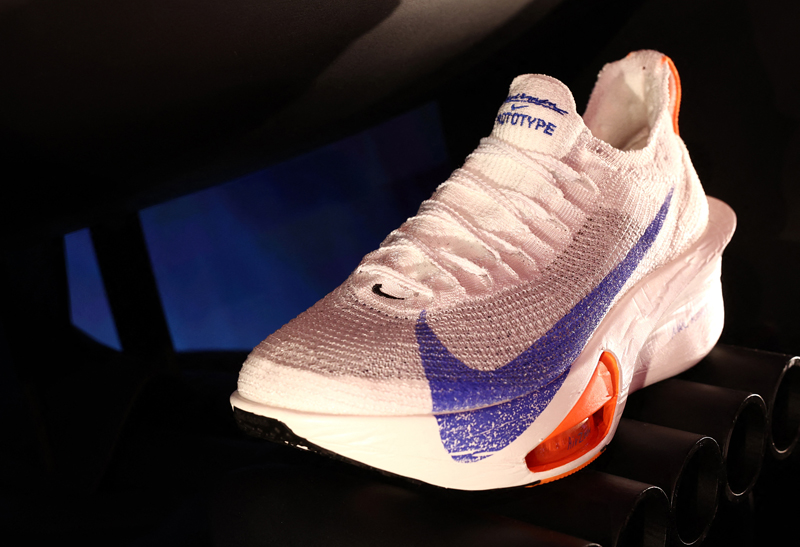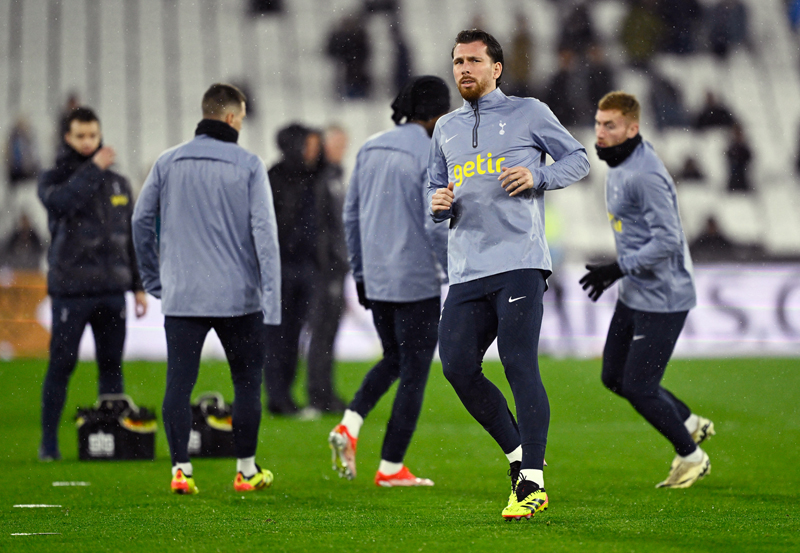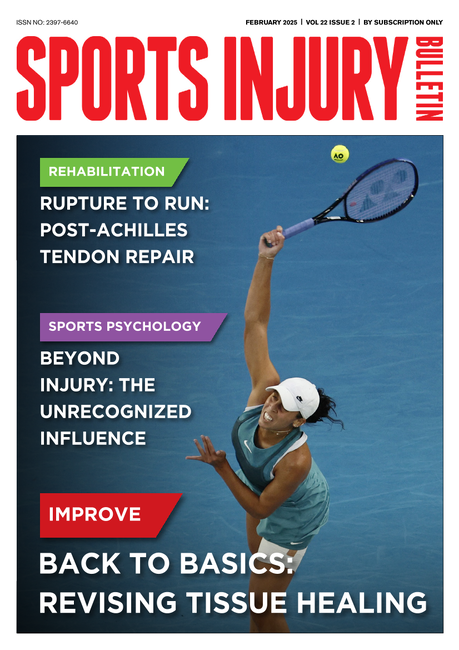You are viewing 1 of your 1 free articles. For unlimited access take a risk-free trial
Nose strips: Breathe Right External Nasal Dilator
Here's the scientific verdict on those nose strips - the damned things don't work
Successful swimmers sported them at the Olympics. Professional rugby players use them. Famous football players have them on their conks. And now more and more runners are showing up at races with the devices stuck on to their snouts.
Of course, we're referring to the 'Breathe Right External Nasal Dilator,' little more than a thin strip of plastic, which - when slid into place on the nose - is supposed to flare the nostrils and allow more air to rush into the respiratory system during exercise. And of course, that's supposed to be good, since - at least to the man on the street - it would seem to supply the lungs with a little more much- needed oxygen.
But how well does the little contraption really work? Fortunately, researchers have recently put the muzzle-dilator to the test, and their findings are not pretty. Basically, the olfactory-organ opener appears to expand the bank accounts of its marketers - without inflating your capacity to exercise at all.
For example, researchers at Illinois State University recently checked out the effects of the Nasal Dilator on five cyclists during high-intensity exercise. In one instance, the athletes cycled without anything on their noses, a second time they pedalled with the Nasal Dilator in place, and on a third occasion they rode while fitted with nothing more than a piece of flesh-coloured tape on their noses (the Dilator and tape were applied while the subjects' eyes were closed, ensuring their innocence about what was actually attached to their noses).
And did the Dilators actually pull a little more air into the cyclists' lungs? Hell no! In fact, there was a trend for the cyclists' to ventilate better with absolutely nothing on their snouts. In addition, oxygen usage during exercise and the number of breaths taken per minute were absolutely equivalent between the three conditions.
Still, Breathe-Right proponents argue that while the apparatus might not have any direct physiological effects, it's still worth using because it makes you feel better about your breathing - and thus makes you feel as though your exertions are easier. Well, bad news - the Illinois State scientists checked that possibility, too, simply by asking their athletes how they felt during exercise. Two cyclists chose the simple piece of tape, two chose the naked-nose condition, and - alas - just one hopeless individual preferred the Nasal Dilator.
What about recovery?
That doesn't mean the Dilator makers are out of the hunt, however. After all, they contend that the tiny plastic strip can also help you during recovery from strenuous exercise, again by ensuring that more oxygen will be snagged by one's snoot. To test that idea, the Illinois State researchers put their charges through the same maximal cycling exercise while attired in the Dilator, tape, or nothing at all - and then monitored their respiratory activity during three minutes of active and then three minutes of passive recovery.
As it turned out, oxygen consumption, ventilation rate, amount of air per breath, and number of breaths per minute were the same in all three conditions. Basically, the Dilator hadn't improved anything at all.
In related investigations, scientists at Adelphi University in New York examined the effects of a similar nose device - the Breathrite Aid. In this research, nine individuals were tested for anaerobic capacity, with and without the Breathrite Aid, which is actually a nasal band aid. Anaerobic power, fatigue, oxygen consumption, and ventilation were identical in the two conditions. In fact, the only difference was that total work carried out during the test was actually greater without the Breathrite Aid!
The bottom line? A naked nose is fine for your various exertions. Attaching a band aid or a thin strip of plastic to it won't improve your competitions or your workouts.
(Medicine and Science in Sports and Exercise, 1996, vol. 28, no.5 supplement, pp S17, S70, S88 and S182).
Henry Hightower
Newsletter Sign Up
Testimonials
Dr. Alexandra Fandetti-Robin, Back & Body Chiropractic
Elspeth Cowell MSCh DpodM SRCh HCPC reg
William Hunter, Nuffield Health
Newsletter Sign Up
Coaches Testimonials
Dr. Alexandra Fandetti-Robin, Back & Body Chiropractic
Elspeth Cowell MSCh DpodM SRCh HCPC reg
William Hunter, Nuffield Health
Keep up with latest sports science research and apply it to maximize performance
Today you have the chance to join a group of athletes, and sports coaches/trainers who all have something special in common...
They use the latest research to improve performance for themselves and their clients - both athletes and sports teams - with help from global specialists in the fields of sports science, sports medicine and sports psychology.
They do this by reading Sports Performance Bulletin, an easy-to-digest but serious-minded journal dedicated to high performance sports. SPB offers a wealth of information and insight into the latest research, in an easily-accessible and understood format, along with a wealth of practical recommendations.
*includes 3 coaching manuals
Get Inspired
All the latest techniques and approaches
Sports Performance Bulletin helps dedicated endurance athletes improve their performance. Sense-checking the latest sports science research, and sourcing evidence and case studies to support findings, Sports Performance Bulletin turns proven insights into easily digestible practical advice. Supporting athletes, coaches and professionals who wish to ensure their guidance and programmes are kept right up to date and based on credible science.









